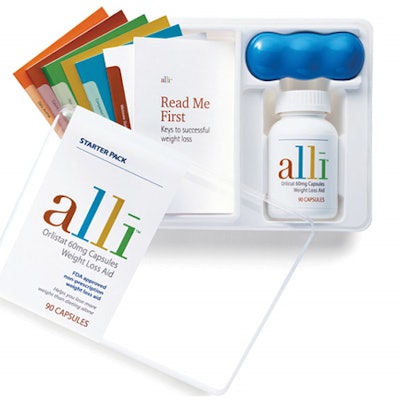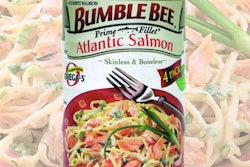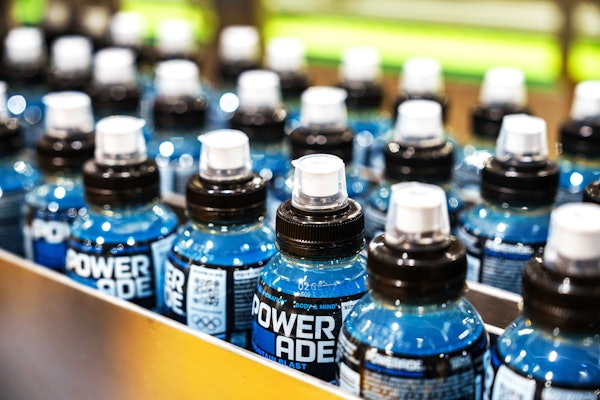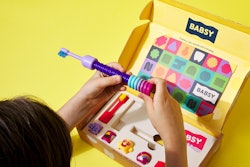
An enlightening article in The Winfield Daily Courier describes small pharmacies’ desire to improve customer service. A customer asks the pharmacist for help selecting the right over-the-counter medicine for an ailment. “What we strive for is convenience and service,” Gary Vratil, co-owner of Winfield Pharmacy, told the newspaper. “We don’t want customers to wait more than five minutes.”
What if the pharmacist is waiting on other customers and the over-the-counter product choices are confusing? Surely, the wait could well exceed five minutes, and a potential sale is lost. Unfortunately, that is the reality as deregulation moves more drugs out from behind the Rx counter and onto the retail sales floor. The packaging for these products often is clinical and with jargon that is unhelpful and unfamiliar to consumers as they mull their product selections.
Videos of consumers scratching their heads in confusion while standing in front of shelves of product choices—and sometimes leaving the store without purchasing anything—have become legendary at package design conferences.
Many drug manufacturers have equipment and regulatory requirements squarely in their crosshairs. But most haven’t begun to think about packaging’s powerful impact on sales. A well-designed package can act as a silent salesman on the pharmacist’s behalf to help confused consumers select the right product—and increase product sales. Yet, OTC remains largely an untapped frontier in package design.

























